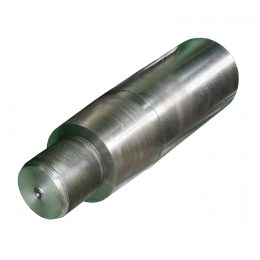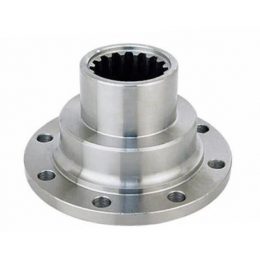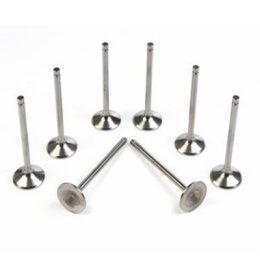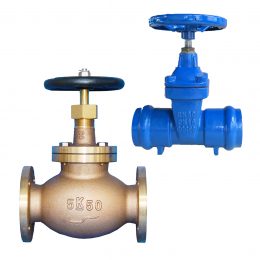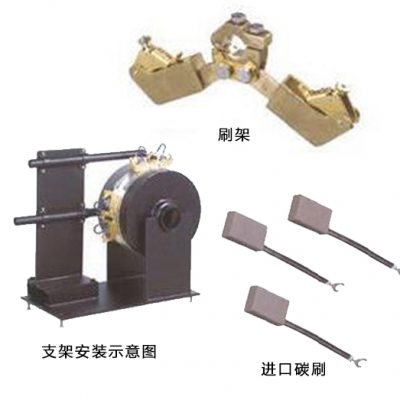
Marine Shaft Grounding Device
Marine Shaft Grounding Device (Earth Faults)
The marine shaft grounding device is also called the earthing device, in order to minimize the potential difference between the shaft and the hull, as it prevents arcing between the shaft and the bearing and returns the current to the propeller shaft.
Shaft Grounding Device Pictures
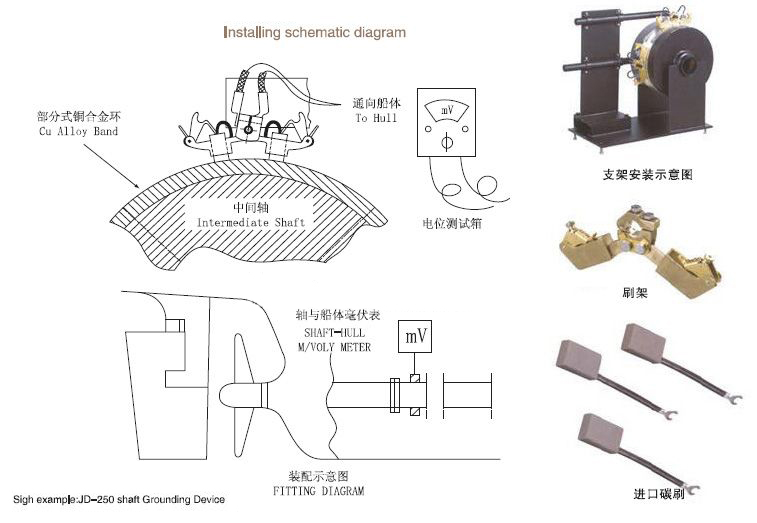
With a variable frequency drive, the magnitude of the circulating current is greater. Shaft grounding blocks the path of circulating current through the bearing and diverts the current to the ground. Therefore, the motor remains protected by the shaft grounding.
Advantages of Grounding Device
- For a short circuit between the propeller shaft and hull for rotation
- Prevents micro-pitting on propellers, crankshaft journal sliding surfaces, and engine main bearings considered to spark corrosion
- Ensures great potential for disintegration and contact brush to ensure lubrication and long life
- The remote indication system is to achieve sustainable control of the effectiveness of the entire system
- A continuous slip ring cleaning equipment to prevent residual potential buildup during operation.
- Slip Rings – Elevated silver strips reduce fouling for optimal contact.
- Brush Holder – Single and double brush holders, for grounding and measurement. Strong spring to ensure proper brush pressure.
- Silver Slide Band – Reliable Contact. Simple
- High purity silver brushes – for proper shaft grounding
- Monitoring Instruments – monitor shaft potential continuously. (remote indicator)
The basic circuit mainly consists of two parts:
- Conductor – carries current around a circuit
- Insulation – keeps the current inside the conductor
SIGNIFICANCE OF GROUNDING FAULTS
If a “grounded distribution system” occurs grounding failures, which means to a “short circuit” fault across the load through the hull. It will result in a large ground-fault current which will immediately “blow” the fuse. Therefore, the device is separated from the power supply and thus becomes safe. If the equipment is classified as “essential” equipment, eg: servos, this may lead to a dangerous situation. Therefore, just only one ground fault on the line conductor in the “grounded distribution system” will cause a ground-fault current to flow.
In the event of a ground fault in the “Insulated Neutral Distribution System”, no equipment will cease to operate, thus maintaining the continuity of equipment operation. It is important to note that “the machine continues to run”. Therefore, a single ground fault will not provide a complete circuit for the fault current.
In the event of a second ground fault, the two ground faults together would be equivalent to a short circuit fault (through the hull), and the resulting high current would cause the protective device to operate, potentially causing the disconnection of essential services, posing a risk to safety ship.
Insulated neutral distribution systems require two ground faults on two different lines to lead to ground-fault current to flow. Therefore, an insulated neutral system is more effective than a grounded system in maintaining power continuity for equipment. Therefore, it is taken by most marine electrical systems.
Shaft Grounding Devices | Shaft Earthing Devices From Electricalvolt:
